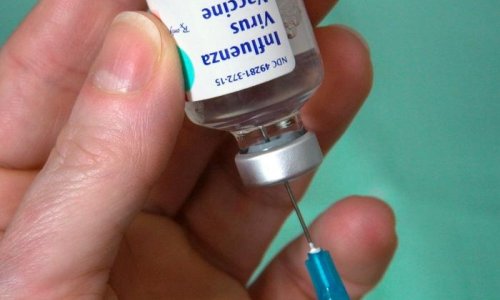World Stroke Day
With the “World Stroke Day” the World Stroke Organization (WSO) aims to communicate a unified message to the world: stroke is a preventable and treatable catastrophe, and together we can fight this growing epidemic. This year’s theme is “Stroke‐What can I do?” The answer is ‐ a lot. The WSO prompts individuals, groups and governments to take action against stroke either at a personal, family, or group level.
Stroke occurs when a vessel that brings blood to the brain bursts or is clogged by a blood clot. With today’s unhealthy lifestyles and numerous health issues such as high blood pressure, physical inactivity, smoking, alcohol overuse, stroke has grown to be an epidemic all over the world. Stroke accounts for 5.7 million deaths each year worldwide and ranks second to ischemic heart disease as a cause of death. It is also a leading cause of serious disability, sparing no age, sex, ethnic origin, or country.
A passive attitude towards stroke is no longer justifiable: stroke can be potentially prevented to a large extent, and acute stroke is potentially treatable. Much can also be done for those who have suffered from a stroke and also for their families to help them all reduce with the long term consequences of the disease. By joining forces we can coordinate our efforts to raise awareness of stroke all around the world. We can change the future course that stroke is taking today by using and spreading our knowledge globally.
The theme of the World Stroke Day 2009: “Stroke ‐ What can I do?”
This question implies that everyone can do something about stroke, whether it is on an individual or group level. Our aim is to strongly encourage individuals, groups and governments to take action against stroke, promote prevention methods and available treatments, provide and develop support groups not only to those hit by stroke but also to their relatives.
We are encouraging people all over the world to run World Stroke Day events
World Stroke Day is an excellent opportunity to increase awareness of stroke, and action that can be taken against it. Activities to promote the World Stroke Day message include campaigns for the general population, press releases, communication with government and/or community activities.
Materials are available online on WSO website to support this worldwide event, including lists of ideas for activities, a poster, a brochure, etc. (http://www.world‐stroke.org/world_day.asp)
The WSO will be providing awards to recognize the efforts of people in the community, health professionals and workplaces that encourage, support, and promote awareness of stroke and action that may be taken against it.
A day with a message for every day
“World Stroke Day dedicates a day of awareness to the issue of stroke once a year,” said Dr. Vladimir Hachinski, chairman of the World Stroke Day Working Group, vice president of the WSO and first vice president of the World Federation of Neurology. “Each of us must confirm our commitment in the fight against stroke not just today, but everyday.”
October 29
The World Stroke Organization (WSO) was created on October 29, 2006, at the Regional World Stroke Congress in Cape Town, South Africa, when the International Stroke Society and the World Stroke Federation merged into a single organization. Since then, to commemorate its conception the World Stroke Day is held on October 29.
To
28.10.2010










